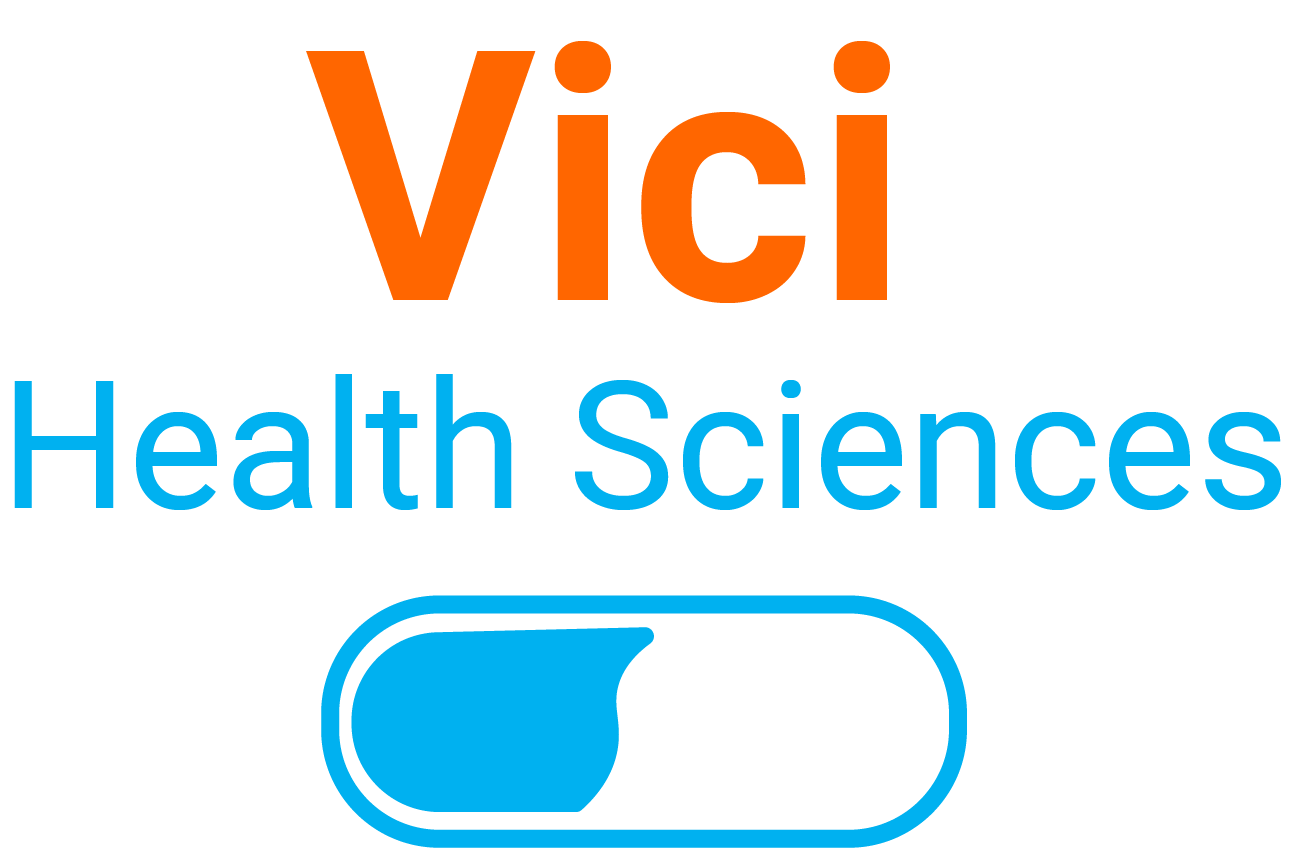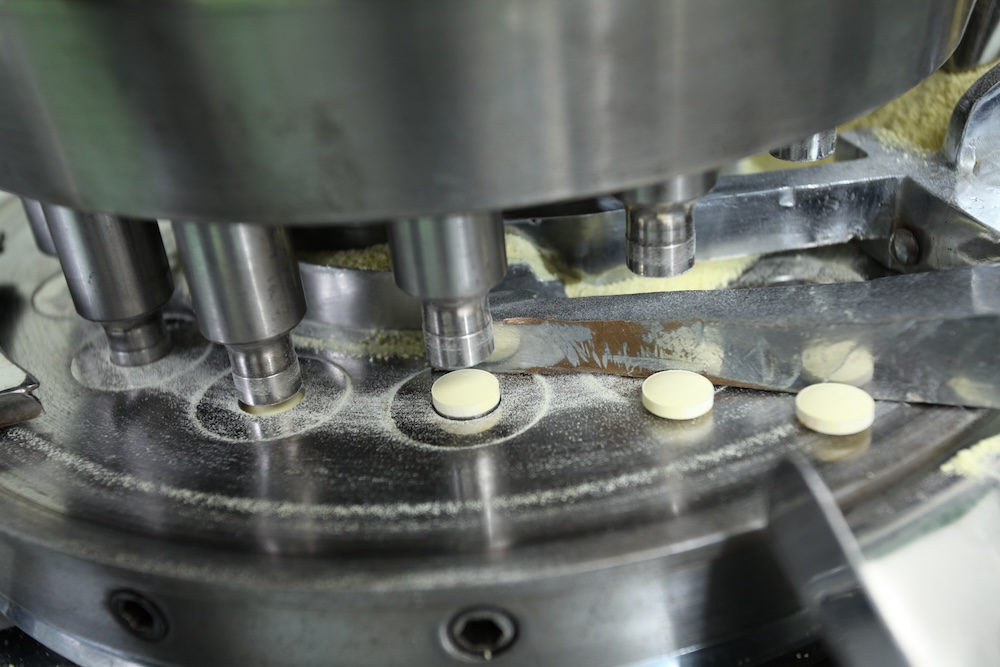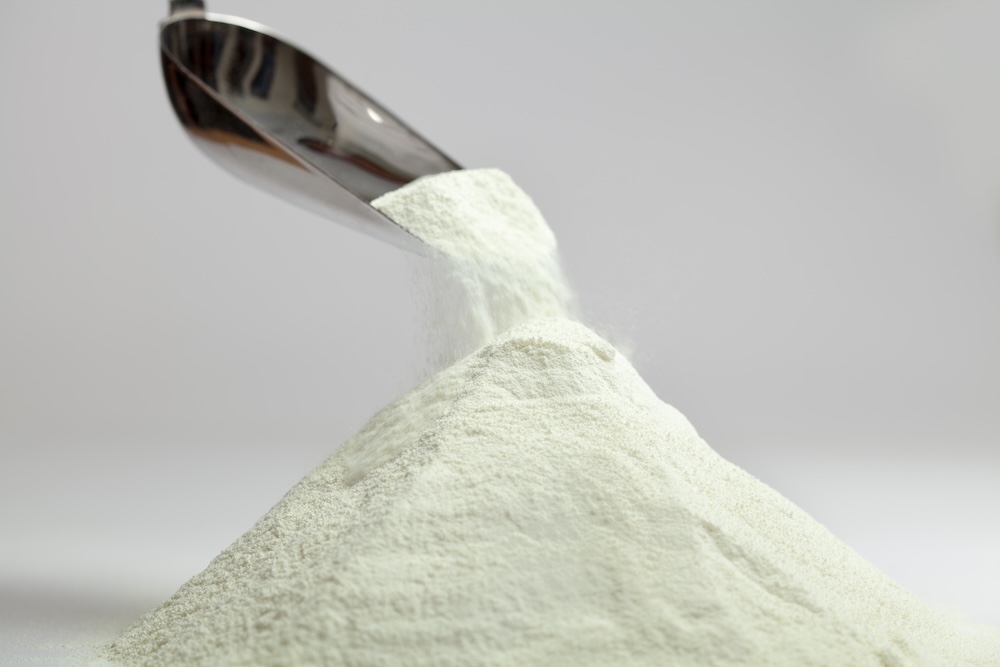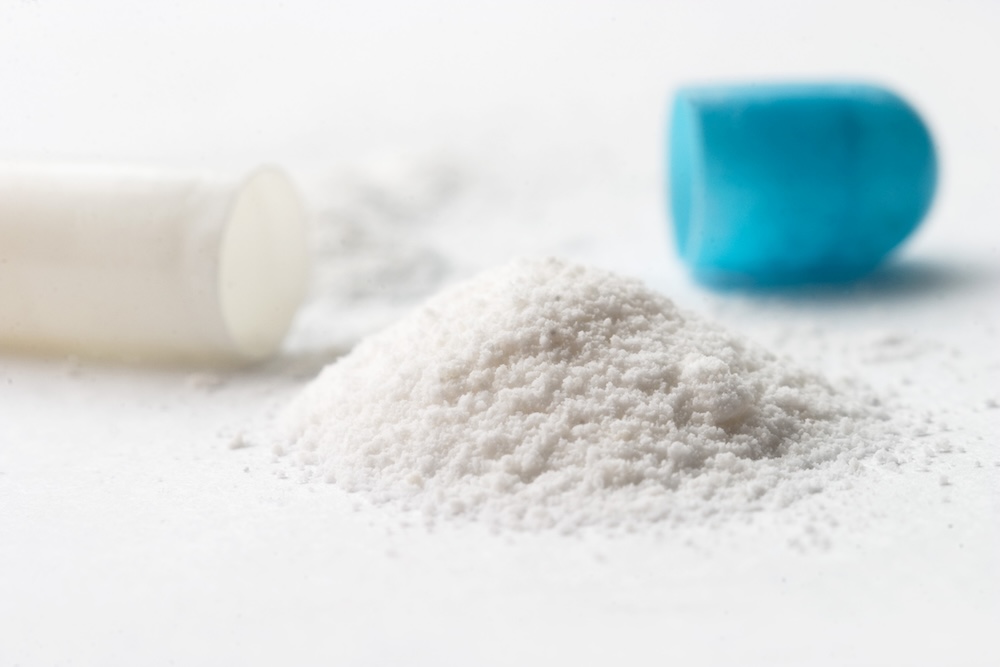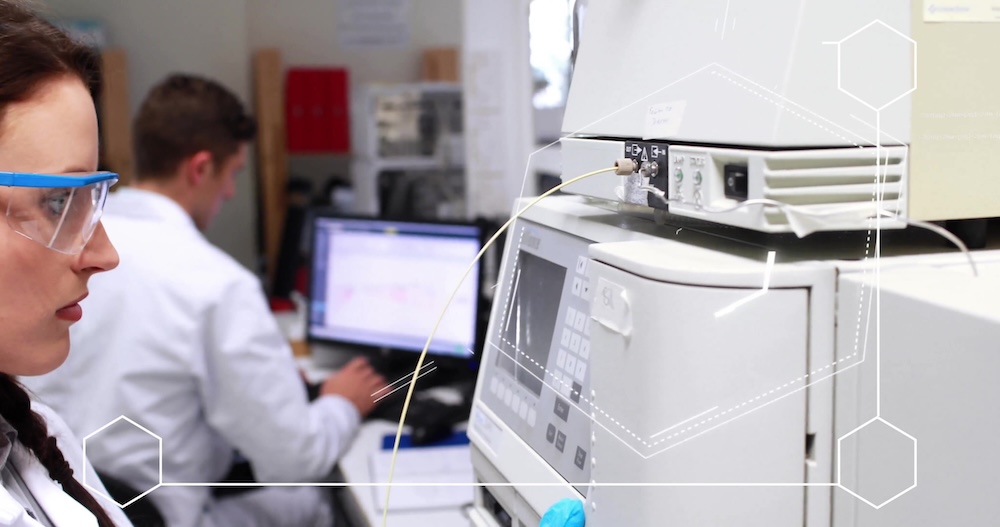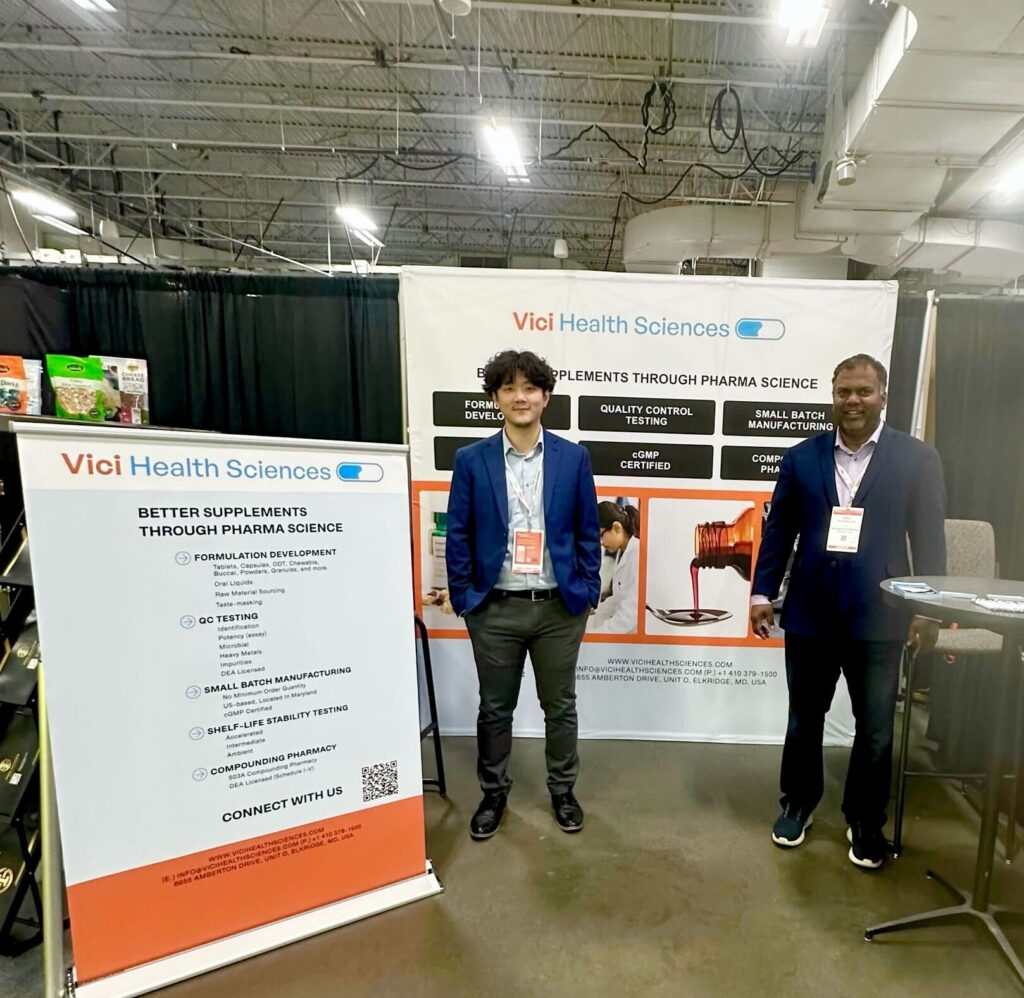Pharmaceutical formulation development is the science of developing a dosage form that contains an active ingredient along with inactive ingredients that can be administered to a patient. Examples of dosage forms include oral tablets, oral capsules, oral solutions, oral suspensions, ophthalmic drops, topical semisolids such as creams and ointments, or injections.
Why is formulation development even necessary?
Active pharmaceutical ingredients (API) are the chemical moiety or molecule that has a desired therapeutic effect to cure a disease or maintain health. However, it is not practical to administer the active ingredient directly to a patient. This is because most active ingredients are in the form of powders that require a few milligrams (or sometimes micrograms) to a gram or sometimes more per dose. To be effective and safe, the following are critical:
- The milligram dose of the active ingredient administered each time must be precise.
- The drug molecule must reach the site of action and possibly avoid locations within the body that can lead to toxicity or where the active ingredient may be inactivated immediately.
- The drug molecule must not degrade prior to administering potentially reducing the dose or resulting in the formation of harmful degradation impurities.
What are critical attributes of a properly developed formulation?
During formulation development, pharmaceutical scientists combine the active ingredient with other inactive ingredients otherwise known as excipients to create a suitable dosage form that can be safely and effectively administered. Critical attributes of dosage forms include:
- Identity – Comprise of the correct drug molecules
- Potency – strength of the dosage form must be accurate, typically within a tolerance of +/- 5% or +/- 10% of the label claim
- Content uniformity – each dosage unit such as a tablet or capsule must have the target quantity of drug, within pre-established specifications.
- Rate of release of drug from the dosage form – the drug must be released from the dosage form as intended. This is typically measured using dissolution testing for oral solid dosage forms (OSD) and oral suspensions or IVRT/IVPT for topical formulations.
- Purity – the dosage form must be pure and remain free of adulterants or other contaminants. This is established through testing for impurities, organic solvents, heavy metals, or microbial contaminants.
In addition, there may be other attributes such as viscosity or pH based on the type of dosage form.
The essential role of analytical method development and testing
Formulation development is not possible without analytical testing of the dosage form to (a) assist formulation development scientists during the R&D phase, and (b) as a quality control (QC) tool during commercial manufacturing. Specific analytical test methods such as identity, assay, impurity testing, dissolution testing, pH testing, and other tests must be developed and validated during the R&D phase.
Manufacturing process development and scale-up
In addition to developing a formulation with the right ingredients, drug developers must also develop a suitable manufacturing process that can manufacture the dosage form reliably and repeatedly at an acceptable cost. Thus, manufacturing process engineers must work hand in hand with formulation development scientists while creating a suitable product.
The role of inactive ingredients and how they are selected
Understanding the material and functional properties of inactive ingredients is at the heart of formulation development. There are hundreds of possible inactive ingredients, ingredient grades, and ingredient vendors to select from while developing pharmaceutical formulations. The correct inactive ingredient, grade, and level are selected based on formulation development experiments performed by pharmaceutical scientist during drug development. A combination of experience, knowledge, literature review, and trial and error experimentation aided by statistical tools such as design of experiments (DOE) are used to arrive at an optimized formulation that meets all target properties. Once a formulation is designed, it is expensive and potentially risky to change sources or grades of inactive ingredients without sufficient study. Furthermore, inactive ingredient sources and levels must be selected such that they will meet FDA regulatory requirements.
The role of active ingredient grade and source
All active ingredients sources for a given drug molecule are not equal. The differences between different suppliers and grades may seem insignificant to the uninitiated but may play a crucial role in terms of effectiveness, safety, and in the eyes of FDA regulators. Attributes of the API that play a critical role during formulation development include the synthesis pathway of small molecule API, the particle size distribution of API, impurity profile, and the presence or absence of various organic solvents and heavy metals. For example, different vendors for a given molecule may provide materials containing different ppm or ppb levels of nitrites or nitrosamine impurities that impact product safety and the ability to gain FDA approval. Formulation development includes selecting the optimal API source and grade and ensuring this is controlled through testing and setting specifications. The solid properties of API must also be understood and carefully selected.
Formulation development and bioavailability
Typically, just providing the active ingredient to a patient either orally or through injection does not ensure that the drug is available at the site of action. The bioavailability of the drug must be studied through invitro experimentation and clinical studies to ensure that the drug if effective. Bioavailability is one of the most important elements of formulation development. The specific inactive ingredients are selected to ensure that the drug is bioavailable. For example, in self-emulsifying drug delivery systems (SEEDS) the specific combination of oils, surfactants, and occasionally cosolvents enable specific drug molecules avoid hepatic first metabolism allowing for oral administration of drugs that otherwise have very low oral bioavailability.
Dosage form stability and shelf life
All active pharmaceutical ingredients will degrade over time resulting in the formulation of impurities. For a given molecule, this rate is dependent on the temperature, humidity, light exposure, presence of oxygen, presence of possible catalysts, and microenvironment pH. Inactive ingredient selection, packaging design, and the manufacturing process all play a role in drug stability. Shelf-life stability studies in controlled environmental chambers are performed to understand and optimize stability and establish shelf-life dating for dosage forms.
Patient compliance and comfort
Formulation development is not just about ensuring effectiveness, safety, and FDA compliance. Patient comfort and compliance are also critical part of making medicine work better. Formulation technologies allow for improving taste and smell of certain implantable API through taste masking technologies that involve use of specialized excipients and manufacturing process technologies.
Formulating extended-release medicine can reduce the number of pills or doses patients need to take during the day. This is particularly useful for geriatric patients, children, or busy patients on the go. Once-daily tablets or even long acting injectables that must only be dosed monthly are innovations developed by formulation development sciences that help make patients lives easier.
Patients needing to take large doses of medication may need to swallow large pills or capsules or swallow multiple tablets each time. This is difficult for geriatric patients, pediatric patients, or patients suffering from dysphagia (swallowing difficulties). Creative formulations including chewable tablets, mini tablets, granules or microspheres for sprinkling over food, or oral liquids can be formulated for such patients improving compliance and comfort.
Importance of regulatory compliance while developing formulations
Even the best formulation developed will be of no use if the product is not approved by the FDA or equivalent regulatory bodies. Selecting the incorrect inactive ingredient or active ingredient source, not performing needed formulation development studies, not establishing proper control of the manufacturing process, or otherwise not developing a stable and reliable formulation will guarantee regulatory failure. Formulation development must be performed by companies and CDMOs that understand the implication of regulatory guidance on formulation development for success.
Tell us about your formulation development project
Formulation development is an essential step of drug development and manufacturing. Working with the right formulation development CDMO will save you time and money and enable your critical medicine to reach the market where it can help patients in need.


